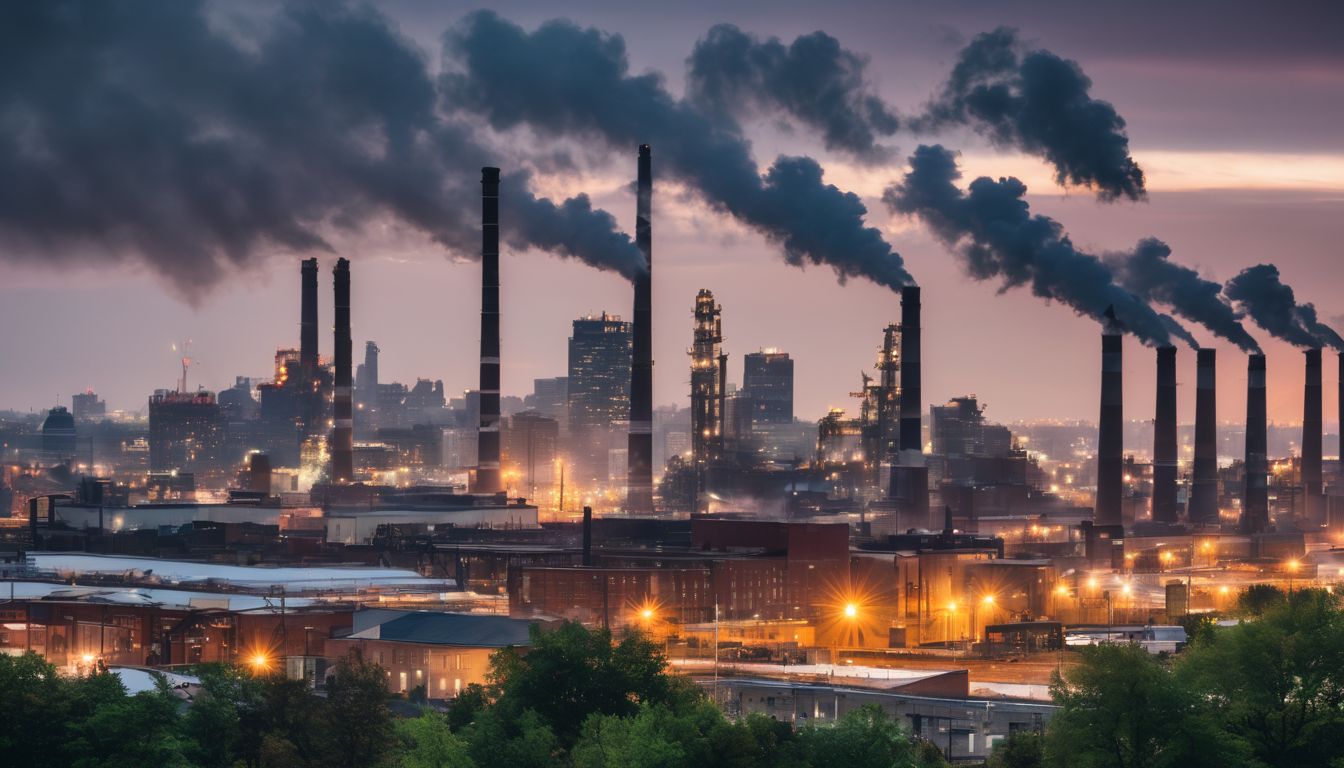Ontario Canada is a Province known for its ecological beauty alongside its metropolitan life as found in the great city of Toronto! Black spruce, moose, greenhouse gas reduction initiatives, and environmental groups fear that the province will not be able to reach 2020 reduction targets.3 To make matters worse, scientists at Carleton and the University of Ottawa are have criticized the Canadian government for the restrictions they face when attempting to communicate their work.4
This article is part of a multipart series about climate change throughout the Canadian provinces and territories—climate change throughout regions of the United States.
Wetlands
Though Ontario is most well known for its expansive forests, it is also home to over one quarter of Canada’s wetlands , which account for up to 6.6% of the world’s wetlands. Thirty-five percent of Ontario’s surface area is covered in wetlands, but that percentage is expected to decrease over the coming years6 as “an estimated 50 percent of Great Lakes wetlands have been lost basinwide, with losses of up to 90 percent occurring in some areas.”7 The changes in wetland extent have an effect on plants and animal species. For example, marshes may become more swamp-like as woody plants move into marsh areas and birds such as the pied-billed grebe are expected to decline.8 According to Dr. Kenneth Abraham, a wetlands scientist with the Ontario Ministry of Natural Resources, preliminary observations of climate change over the last thirty years include “major shifts in plant species dominance, some new species with southern affinities, [and] succession along a gradient of elevation as predicted.”9
The disappearance of wetlands from Ontario is especially bad news because wetlands help reduce the effects of climate change by capturing and storing carbon . The elimination and modification of wetlands can add significant amounts of carbon dioxide and other greenhouse gases like methane into the atmosphere.11
Ice Storms
Ontario is no stranger to drought, heat waves, floods, rain, snow, ice storms, tornadoes and hurricanes. Climate change is expected to increase the severity of these events. Scientists anticipate that Ontario will have a greater number of extremely hot days, severe thunderstorms, and freezing rain events. The number of weather-related disasters (disaster being defined as events that caused injury, death, or evacuation) per year has increased since 1911.
Climate experts fear that more and more ice storms could resemble the large storm that hit Ontario in 1998. The storm “deposited about twice the amount of freezing rain than previous ice storms on record.” Areas as far west as Kitchener, through eastern Ontario, western Quebec, and the Eastern Townships to the Fundy coasts of New Brunswick and Nova Scotia were all affected. In total the storm caused:
- 25 deaths;
- Loss of power at 100,000 households in Ontario and 900,000 in Quebec;
- Destruction of millions of trees
- 120,000 km of downed power lines and telephone cables, with $13,000,000 worth of damage to major transmission towers and $90,000,000 worth of damage to wooden utility poles.13
Climate Change Action Plans in Ontario
Disappearing climate change impacts expected to affect the province of Ontario. In order to help prevent some of these impacts, the provincial government came up with a “Go Green” climate action plan in 2007. The plan included:14
- Green Targets –
Together, we will reduce Ontario’s greenhouse gas emissions to 6 per cent below 1990 levels by 2014 – a reduction of 61 megatonnes relative to business-as-usual.
By 2020 Ontario will reduce greenhouse gas emissions to 15 per cent below 1990 levels – a reduction of 99 megatonnes relative to business-as-usual.
By 2050 we will reduce greenhouse gas emissions to 80 per cent below 1990 levels. - MoveOntario 2020 – a $17.5 billion transit plan that called for 902 kilometers of new or improved rapid transit.
- The Next Generation Jobs Fund – a $650-million program to support businesses’ commercial development, use and sale of clean and green technologies.
- Green Power – a $150 million investment to double the amount of electricity from renewable sources by 2025 and to aid Ontario homeowners in conserving energy and adopting green technologies.
- Grow Green – A plan to plant 50 million new trees by 2020, and promote locally grown Ontario food.
Unfortunately, many of the items in this plan are not on track. In a report released earlier in 2013, Environmental Commissioner Gord Miller stated that the government “[doesn’t] have any new initiatives to combat greenhouse gas emissions and will fail to achieve their 2020 targets.”15 Although coal plants are being decommissioned as scheduled, there have not been any reductions in the transportation, industry or buildings sectors. There have been large cuts in the green transportation plan, and the government has “still not announced when it is going to enter the emissions trading program sponsored by the Western Climate Initiative.”16 All of this leads Miller to believe that though “the world is becoming more engaged in climate change and mitigating its effect…Ontario is falling by the wayside.”17
Miller’s criticisms seem especially apt given the 2012 editorial that appeared in the journal Nature.18 A professor at Carleton University in Ottawa wrote about Canadian policies enacted by Prime Minister Stephen Harper in 2006 that limit Canadian scientists from speaking publicly about their research. The Canadian government has instituted an approval process that forces scientists to go through public relations officials if they want to return requests from the media. Public relations staff must ask for a list of questions in advance, and then set boundaries for what subjects the interview can touch upon.19 A few “high-profile examples of the federal policy in action” are:20
- Environment Canada barring Dr. David Tarasick from speaking to journalists about his Nature article on ozone layer research.
- The Privy Council Office baring Kristina Miller, a researcher at Fisheries and Oceans Canada, from doing interviews about a Science article on the causes of sockeye salmon decline in British Columbia.
These policies remind me of those that were present in the United States while George W. Bush was president. Fortunately, the U.S. has been adopting more open practices since 2008. It seems that such practices have helped the U.S. move toward the adoption of stronger overall climate policies, as evidenced by President Obama’s recent statement:
The question is not whether we need to act. The overwhelming judgment of science –of chemistry and physics and millions of measurements—has put all of that to rest. Ninety-seven percent of scientists, including, by the way, some who originally disputed the data, have now put that to rest. They’ve acknowledged the planet is warming and human activity is contributing to it. So the question now is whether we will have the courage to act before it’s too late… As a President, as a father, and as an American, I’m here to say we need to act.21
Hopefully Ontario and the rest of Canada will act soon and continue to push the U.S. to make good on its own statements with actual action in the war against climate change.




